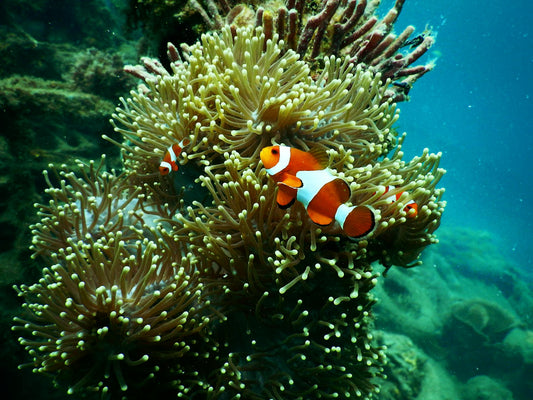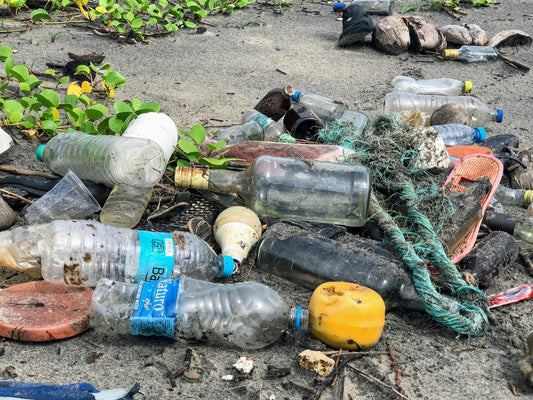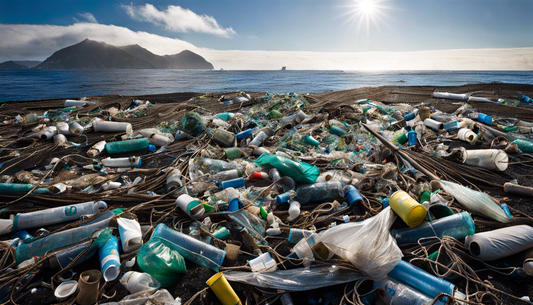Share
UN Nature Summit Strikes Late Hour Deal but Critics Say More is Needed:
In Rome, after an extended period of negotiations, the UN biodiversity conference or COP16 reached a fragile agreement for financing nature conservation. Whilst the accord has been hailed by some as a victory for international cooperation, others argue it doesn't go far enough.
The Journey to an Agreement:
Hopes of stopping nature loss by 2030 are fading, according to ministers. COP16, embroiled in tense discussions throughout, finally arrived at a roadmap to finance nature conservation. Dependent on the creation of a new fund amongst other factors, the agreement was met with applause despite leaving key environmental issues unresolved.
Impact of the Environmental Crisis:
The environmental crisis, marked by species extinction and propagation of plastic pollution, calls for urgent action according to scientists. They warn that harmful farming practices and relentless consumption are devastating forests, exhausting soils, and extending pollution to remote corners of the planet.
Victory or Fruitless Endeavor?
Important decisions were made in the last minutes of COP16 at the UN’s Food and Agriculture Organization in Rome. Nevertheless, critics argue that the agreement lacks ambition given the environmental calamities at hand. It inadequately addresses the plight of biodiversity, leading to concerns about unending talks on who is to take care of conservation financially and how such funds would be distributed.
The Road Ahead:
The decision made at COP16 comes two years after an important agreement aimed at curbing nature’s rampant destruction. This earlier agreement aimed to safeguard at least 30% of the world’s lands and seas to ensure the protection of ecosystems and wildlife vital for food, climate regulation, and economic prosperity. However, the race to halt nature loss by 2030 is now more challenging than ever with worlds’ wildlife populations plummeting between 1970 and 2020.
Verdict:
While some view the COP16 meeting as a beacon of hope during uncertain times, others lament the unambitious approach to the environmental crisis. With global wildlife populations having decreased by over 70% between 1970 and 2020, the urgency of the situation is becoming increasingly clear. The world needs to strengthen its environmental efforts drastically and quickly, or face adverse consequences on the biodiversity front.
We hope you enjoyed this article. Please feel free to leave a comment below if you want to engage in the discussion.
If you want to read more like this, make sure to check out our Blog and follow us on Instagram. If you are interested in truly sustainable products, check out our Shop.
Check out the original source here.








